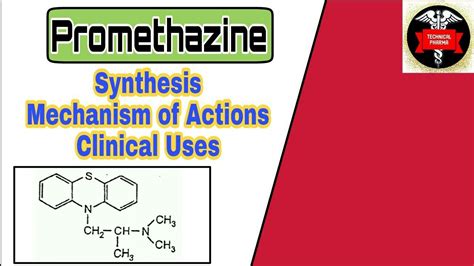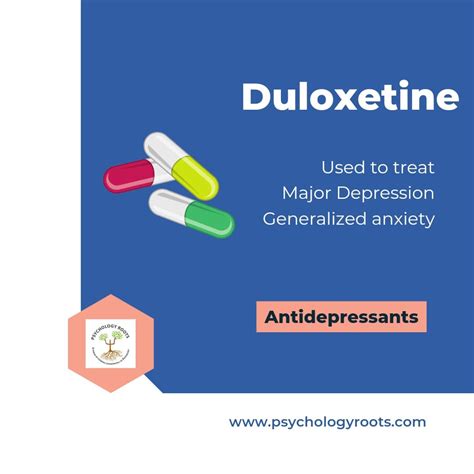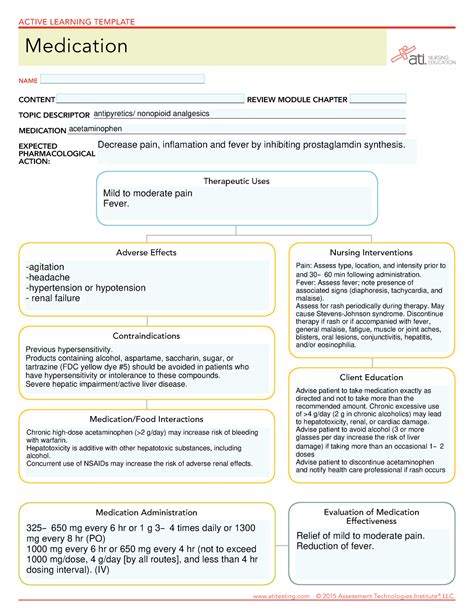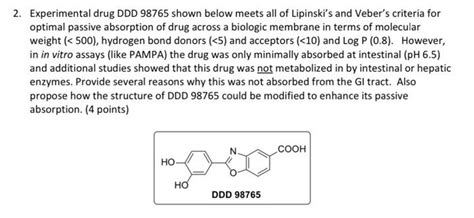Intro
Discover Promethazines mechanism of action, a phenothiazine antihistamine, blocking histamine receptors, relieving allergic reactions, and inducing sedation, with applications in nausea treatment and sleep aid, through its complex pharmacodynamics and pharmacokinetics.
The importance of understanding the mechanism of action of pharmaceuticals cannot be overstated, as it allows healthcare professionals to make informed decisions about treatment options and potential interactions. Promethazine, a medication that has been in use for several decades, is a prime example of a drug with a complex mechanism of action. In this article, we will delve into the intricacies of promethazine's effects on the body, exploring its benefits, working mechanisms, and potential side effects.
Promethazine is a phenothiazine derivative that has been widely used for its antihistaminic, antiemetic, and sedative properties. It is commonly prescribed for the treatment of allergies, nausea and vomiting, and insomnia. However, its mechanism of action is not limited to these effects, as it also has a significant impact on the central nervous system and other bodily functions. To fully comprehend the benefits and potential drawbacks of promethazine, it is essential to examine its mechanism of action in detail.
The mechanism of action of promethazine involves the blockade of histamine receptors, specifically the H1 receptor subtype. Histamine is a neurotransmitter that plays a crucial role in the regulation of various physiological processes, including allergic responses, inflammation, and gastrointestinal function. By blocking the H1 receptor, promethazine reduces the effects of histamine, leading to a decrease in allergic symptoms, such as itching, sneezing, and runny nose. Additionally, promethazine's antihistaminic properties contribute to its sedative effects, as histamine is also involved in the regulation of sleep-wake cycles.
Promethazine Mechanism Of Action

Antihistaminic Effects
The antihistaminic effects of promethazine are mediated by its ability to block the H1 receptor, which is responsible for the majority of histamine's effects on the body. This blockade leads to a decrease in the production of inflammatory mediators, such as leukotrienes and prostaglandins, which contribute to the development of allergic symptoms. Furthermore, promethazine's antihistaminic properties also contribute to its antiemetic effects, as histamine is involved in the regulation of nausea and vomiting.Pharmacokinetics And Pharmacodynamics

Absorption And Distribution
Promethazine is rapidly absorbed after oral administration, with peak plasma concentrations reached within 2-3 hours. The drug is highly lipophilic, which allows it to cross the blood-brain barrier and exert its effects on the central nervous system. Promethazine is also highly bound to plasma proteins, which can affect its distribution and elimination.Benefits And Side Effects

Therapeutic Uses
Promethazine has a wide range of therapeutic uses, including the treatment of allergies, nausea and vomiting, and insomnia. Its antihistaminic properties make it an effective treatment for allergic symptoms, such as itching, sneezing, and runny nose. Additionally, promethazine's antiemetic effects make it a useful treatment for nausea and vomiting, particularly in patients undergoing chemotherapy or surgery.Interactions And Contraindications

Drug Interactions
Promethazine can interact with a variety of medications, including sedatives, tranquilizers, and antidepressants. These interactions can lead to increased sedation, respiratory depression, and other adverse effects. Additionally, promethazine can interact with certain foods and beverages, such as grapefruit juice, which can affect its metabolism and increase the risk of side effects.Dosage And Administration

Oral Administration
Promethazine is typically administered orally, with doses ranging from 12.5 to 50 mg per day. The dosage and frequency of administration depend on the specific indication and the patient's response to treatment. It is essential to follow the recommended dosage and administration guidelines to minimize the risk of side effects and ensure optimal therapeutic effects.Special Considerations

Pregnancy And Lactation
Promethazine should be used with caution in pregnant and breastfeeding women, as it can cross the placenta and enter breast milk. The medication has been associated with an increased risk of birth defects and other adverse effects in newborns. Additionally, promethazine can affect milk production and infant behavior, making it essential to weigh the benefits and risks of treatment in lactating women.Conclusion And Future Directions

In conclusion, promethazine is a medication with a complex mechanism of action, involving the blockade of histamine receptors and the modulation of various physiological processes. Its antihistaminic, antiemetic, and sedative properties make it a useful treatment for a range of conditions, including allergies, nausea and vomiting, and insomnia. However, its potential side effects and interactions must be carefully considered, particularly in vulnerable populations such as pregnant and breastfeeding women.
What is the primary mechanism of action of promethazine?
+Promethazine's primary mechanism of action involves the blockade of histamine receptors, specifically the H1 receptor subtype.
What are the therapeutic uses of promethazine?
+Promethazine is used to treat allergies, nausea and vomiting, and insomnia, among other conditions.
What are the potential side effects of promethazine?
+Promethazine can cause drowsiness, dry mouth, and other side effects, particularly when used in combination with other medications or in high doses.
We hope this article has provided a comprehensive overview of promethazine's mechanism of action, benefits, and potential side effects. If you have any further questions or would like to share your experiences with promethazine, please feel free to comment below. Additionally, if you found this article informative, please consider sharing it with others who may benefit from this information.
